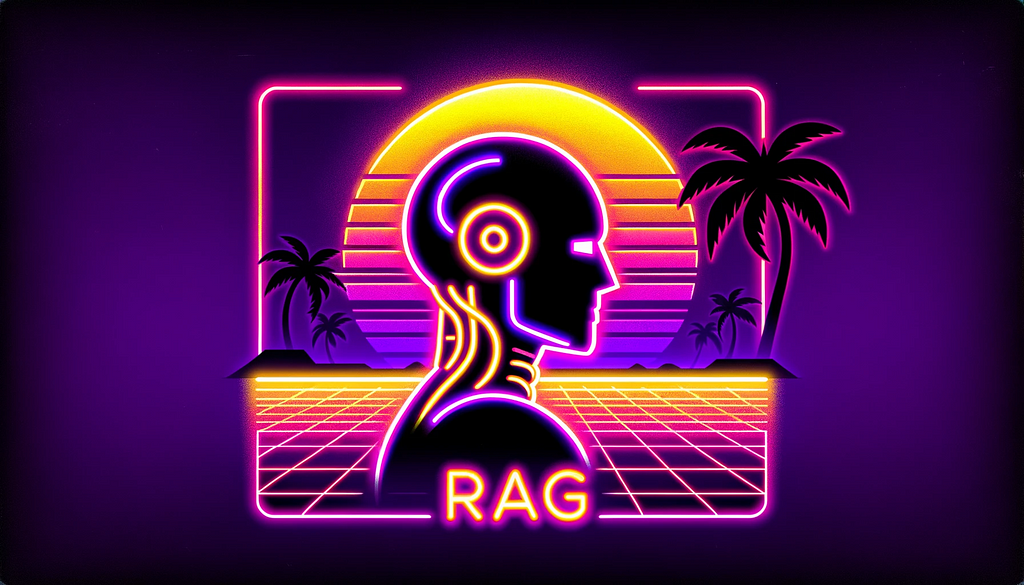TLDR
This article introduces key considerations for developing non-English Retrieval Augmented Generation (RAG) systems, covering syntax preservation, data formatting, text splitting, embedding model selection, vector database storage, and generative phase considerations. The guide emphasizes the importance of multilingual capabilities and provides practical examples and recommended benchmarks for evaluation.

An Introduction to Implementing Non-English Retrieval Augmented Generation (RAG) Systems
TLDR
This article presents key considerations for developing non-English RAG systems, with practical examples and techniques. Key points include prioritizing syntactic structure maintenance, using simple delimiters for efficient text splitting, and selecting appropriate embedding models for multilingual capabilities.
RAG Structure: A Brief Recap
RAG systems consist of two main components: the indexing phase, which processes input data for storage, and the generative phase, where user queries are interpreted for response formulation.
1. Data Loader: The Devil’s in the Details
Retaining syntactic structure during data loading is crucial for accurate information retrieval. Using custom data loaders for specific needs, and understanding the lost syntactic information, can guide targeted refinements.
2. Data Formatting: Boring… But Important
Formatting data uniformly for efficient text splitting involves transforming complex structures into plain text files with basic delimiters. Storing additional metadata along with text chunks can enhance retrieval.
3. Text Splitting: Size Matters
Splitting text into appropriately sized chunks is essential for embedding and retrieval. Consider model constraints and retrieval effectiveness when determining chunk size, and opt for rule-based text splitters for non-English languages.
4. Embedding Models: Navigating the Jungle
Selecting the right embedding model is critical for RAG system success. Choose multilingual models or language-specific benchmarks for efficient retrieval, and consider fine-tuning models for specific language needs.
5. Vector Databases: The Home of Embeddings
Storing vector embeddings in databases is crucial for retrieval. Explore local and cloud-based storage options, and understand the management of vector databases for effective RAG systems.
6. The Generative Phase: Go Read Elsewhere 😉
The generative phase involves interpreting user queries for natural language response. To optimize retrieval performance, adjustments such as re-ranking and filtering are necessary.
Outro: Evaluating Your RAG System
Creating a tailored benchmark dataset for evaluation is essential to test different configurations. Custom query and context benchmarks can systematically test adjustments and refine retrieval performance for specific scenarios.
Spotlight on a Practical AI Solution
Consider implementing a multilingual RAG solution such as the AI Sales Bot from itinai.com/aisalesbot to automate customer engagement and manage interactions across all customer journey stages.
For practical AI solutions and insights, connect with us at hello@itinai.com, and stay tuned on our Telegram t.me/itinainews or Twitter @itinaicom for continuous updates.
For more information on leveraging AI and automation opportunities, visit itinai.com.
List of Useful Links:
- AI Lab in Telegram @aiscrumbot – free consultation
- Beyond English: Implementing a multilingual RAG solution
- Towards Data Science – Medium
- Twitter – @itinaicom



























